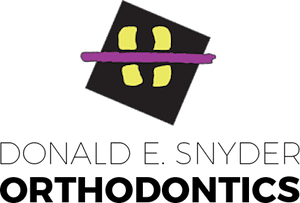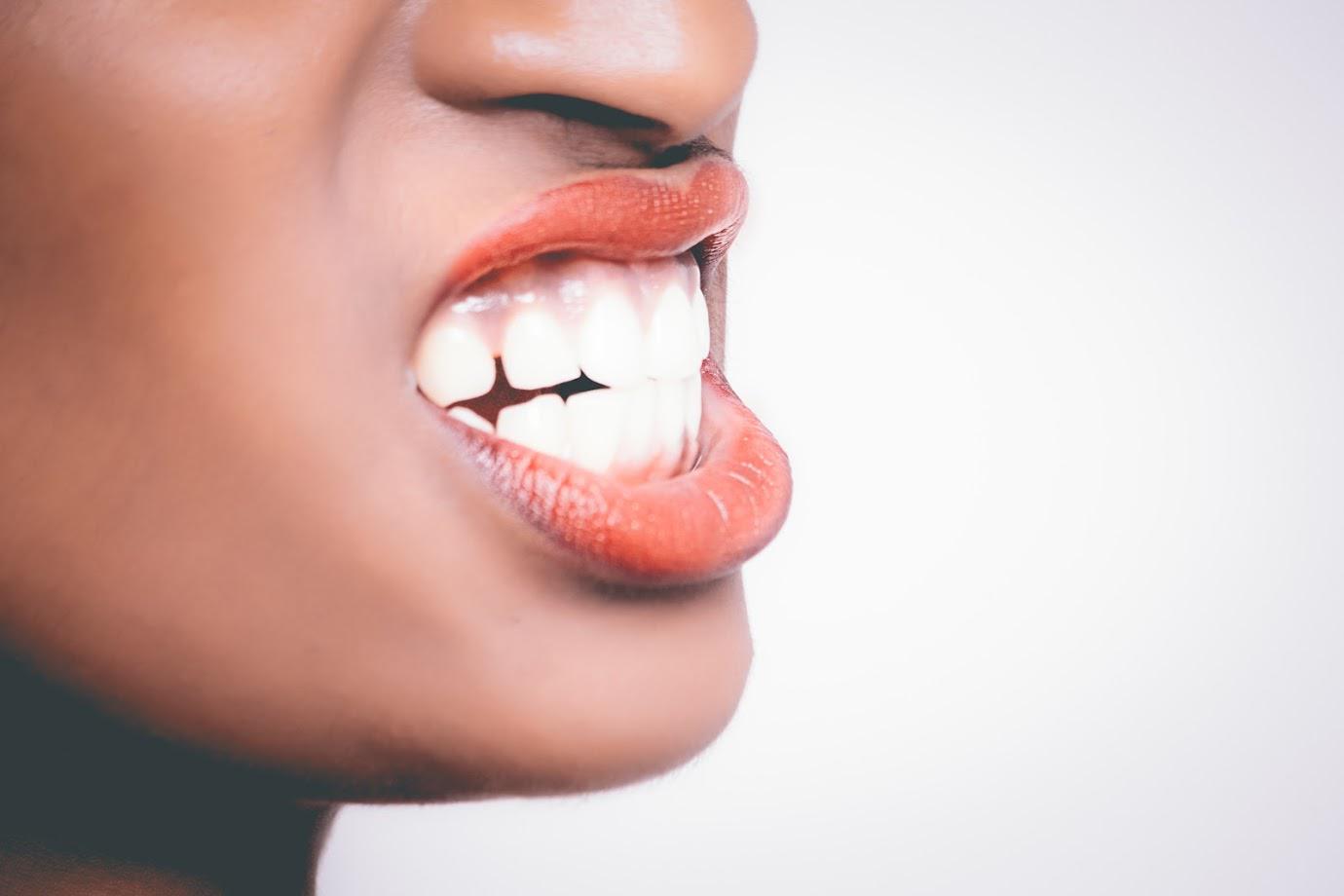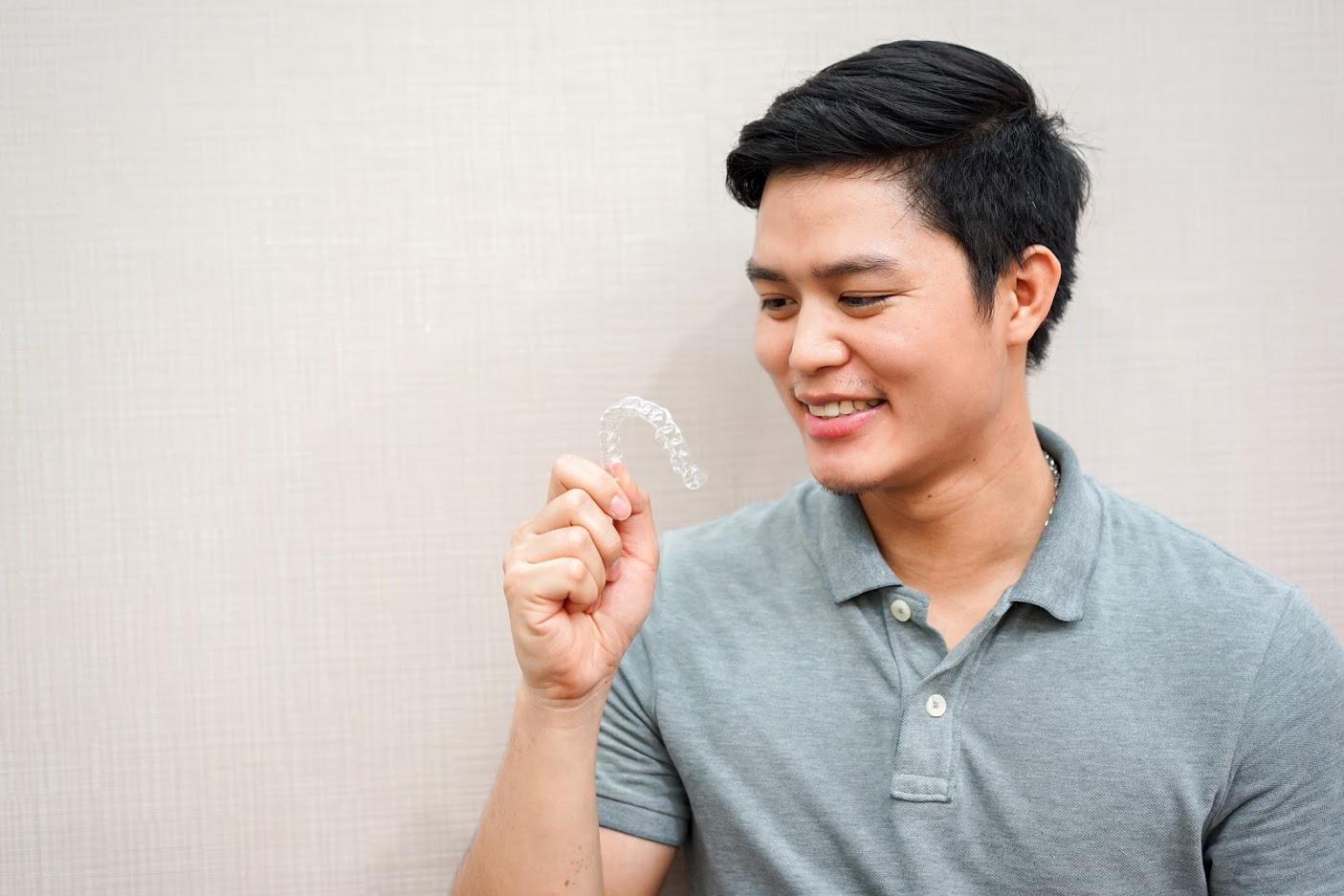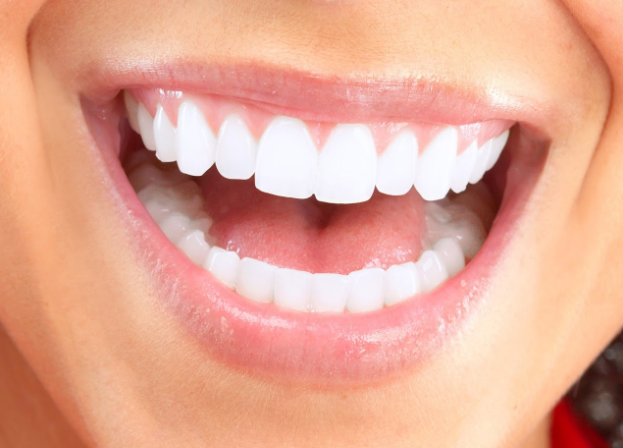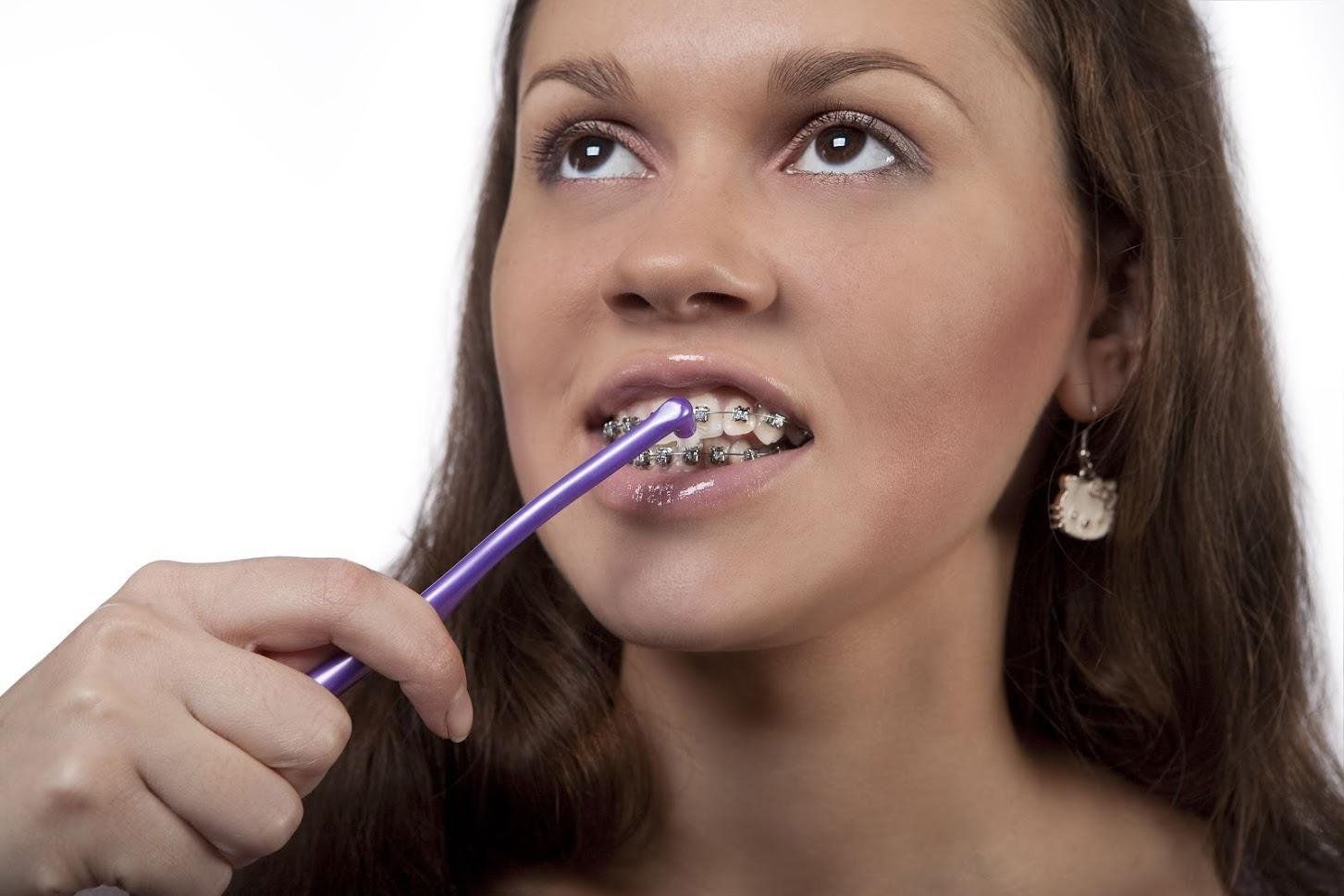GET THE SMILE OF YOUR DREAMS
Specialist in Orthodontics in Fresno, CA
Trouble Flossing With Braces? 4 Tips for Success
- By Admin
- •
- 07 Apr, 2020

If you or your child wears traditional metal braces, then your orthodontist likely stresses the importance of brushing and flossing every day to maintain good dental health. However, like many braces wearers, you may find flossing such a challenge that you skip this step in your oral hygiene routine on occasion or even neglect it completely.
Unfortunately, no matter how well you brush, you should always floss at least once a day. Flossing helps remove plaque from between teeth and below the gumline that is difficult to remove with a toothbrush alone. If you do not remove this plaque on a daily basis, then you could develop gum disease or cavities between your teeth.
Read on to learn four tips that make it easier to floss while you wear braces.
1. Use the Right Traditional Flossing Tools
One of the most time-tested and affordable ways to floss your teeth while you wear braces is to use traditional dental floss combined with a special device called a dental floss threader.
Check the label of your floss to ensure that it is waxed and not unwaxed floss. Unwaxed floss can shred when it rubs against braces wires and brackets, while waxed floss tends to glide over them smoothly.
Braces floss threaders are small loops of very stiff floss. They resemble large sewing needles. If you have difficulty maneuvering dental floss underneath your braces’ wires, you might accomplish the task much more easily with the aid of a stiff floss threader.
To use a floss threader, simply connect your floss to the loop, as you would thread a sewing needle, then use the threader to thread the floss under your braces' wires as you floss instead of attempting to do it with your fingers.
2. Look for Orthodontic Flossers
If you enjoyed the use of floss picks — small pieces of dental floss attached to small plastic handles — before you obtained braces, then you will be happy to hear that there are similar flossing tools made specifically for braces wearers.
Traditional floss picks have wide handles that are impossible to maneuver under braces wires, but orthodontic floss picks are attached to very narrow handles that often slide right under braces’ wires. Many braces wearers not only find these floss picks much easier to use than traditional floss but also find that they make flossing a much quicker task.
3. Try an Interdental Cleaner
If you would like to skip the traditional dental floss altogether, then you may want to try one of the many different interdental cleaners available today.
Some interdental cleaners are short, thin sticks made of a stiff, yet flexible material called polypropylene. You simply glide these short sticks between your teeth to remove tartar and food particles.
Other interdental cleaners, called interdental brushes, consist of thin, flexible wires with short bristles attached to them. You slide these brushes between your teeth and under the gum line to remove plaque. These brushes come in many diameters meant to perform different dental cleaning tasks, so be sure to choose a brush with a very small diameter to avoid damaging your teeth or gums.
4. Consider a Water Flosser
Another way to clean between your teeth and under your gum line when you wear braces is to use a water flosser. Water flossers project thin streams of water on and between your teeth. Water flossers can be used to remove plaque between teeth and under the gum line, just as traditional dental floss does.
Some water flossers even come with special orthodontic tips designed to clean around braces’ brackets and wires without damaging them.
If you occasionally skip flossing while wearing braces due to time constraints or how difficult it is to perform this task, then use these tips to find a new flossing method that is easier for you. Begin to floss your teeth every day to ward off gum disease and cavity development. Contact the staff at Donald E. Snyder Orthodontics for all of your family’s orthodontic needs today.
